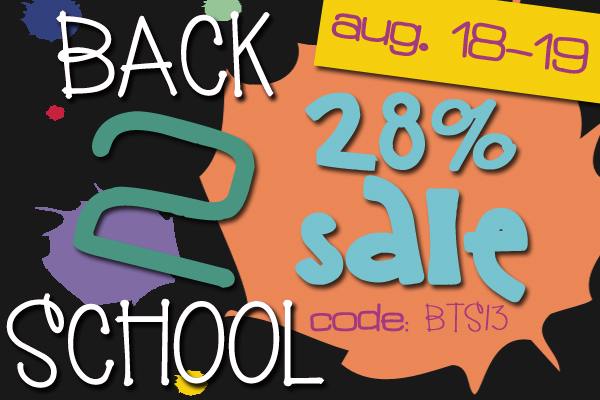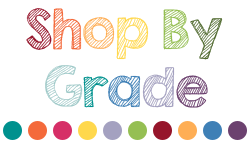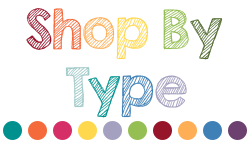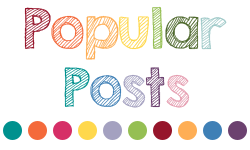
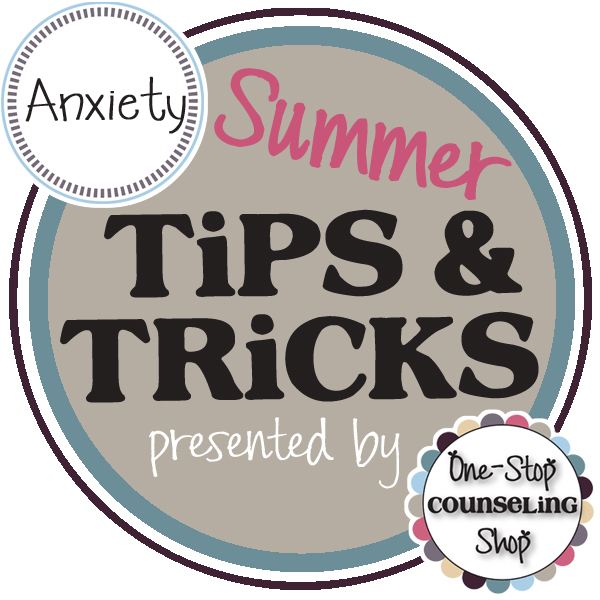
This summer, I’ve been writing a blog series focusing on several different disorders that affect children at school: ADHD, Autism, Bipolar Disorder, Depression, Anxiety Disorder, and ODD. Each entry describes the disorder, gives practical strategies for improving success at school, and also provides a few social-emotional goals and accommodations that might be appropriate for students with special education services!
Next up is Anxiety. Most often in an elementary school setting, I’ve seen anxiety manifest itself in school avoidance or test anxiety. However, students with anxiety many have many other emotions or behaviors! These are just two of the most common examples.
Symptoms:
 Everybody worries, whether it’s about that spider crawling down the wall toward them, or an important test. Please note that anxiety is different from fear. Fear is an appropriate cognitive and emotional response to a perceived threat. Anxiety occurs in situations that seem uncontrollable or unavoidable to the student, but not most people. In addition, when a student is diagnosed with an Anxiety Disorder, it means that their symptoms are extreme and occur often enough that they interfere with their daily life.
Everybody worries, whether it’s about that spider crawling down the wall toward them, or an important test. Please note that anxiety is different from fear. Fear is an appropriate cognitive and emotional response to a perceived threat. Anxiety occurs in situations that seem uncontrollable or unavoidable to the student, but not most people. In addition, when a student is diagnosed with an Anxiety Disorder, it means that their symptoms are extreme and occur often enough that they interfere with their daily life.
- Excessive, uncontrollable, often irrational worry about everyday things
- Worry is disproportional to the action source of worry
- heart palpitations, muscle weakness, nausea, chest pain, shortness of breath, headaches, stomachaches, tension headaches
- In children, complaints of headaches or stomachaches are common. I’ve even seen students who are able to make themselves vomit to avoid anxiety-provoking situations like going to school.
Subtypes of Anxiety Disorders:
- Generalized Anxiety Disorder (GAD)
- Phobias
- Social Anxiety
- Obsessive-Compulsive Disorder (OCD)
- Posttraumatic Stress Disorder (PTSD)
Suggestions:
 Contact the child’s doctor if medication is to be given at school to make sure you have up-to-date dosage and administration instructions. However, don’t tell a parent “your child needs to be on medication.” You can encourage them to talk about concerns they may have with their child’s doctor, but put your school in a vulnerable position if you start doling out medical advice!
Contact the child’s doctor if medication is to be given at school to make sure you have up-to-date dosage and administration instructions. However, don’t tell a parent “your child needs to be on medication.” You can encourage them to talk about concerns they may have with their child’s doctor, but put your school in a vulnerable position if you start doling out medical advice!- Encourage the student to get involved in extra curricular or sports activities in order to boost their confidence and self-esteem
- Acknowledge a child’s view of things as being true for them. Don’t tell them they’ll “get over it” or minimize their feelings and experiences as being “no big deal.” It’s a big deal to them!
- Teach students what different emotions “feel like” to their body to help them identify when they may be feeling anxious
- Help students to understand that emotions range from mild to intense and improve students’ vocabulary of various emotion words to express their feelings to others
- If parents approve, teach older students facts about what Anxiety is as well as statistics about the disorder to help normalize their experiences and help them feel less “weird” or “different.”
- Provide group or individual counseling-type services to help students learn relaxation and calming strategies to use when faced with an anxiety-provoking situation
- Establish routines, which will help students know what to expect and feel as though they have more control over what happens to them during a day.
- Help students identify triggering thoughts which lead to the physical symptoms of anxiety (ex. “I’m going to fail.” “My mom will never come back to pick me up.” “I’ll get trapped in this crowd and suffocate.” etc.) Learning the tie between thoughts, feelings, and behavior will help them be able to stop the cycle of anxiety before the physical symptoms take over and become overwhelming.
- Accommodate students’ worries as much as practically possible. For example, allow them to sit close to a door if crowded assemblies bother them, allow breaks or a private location to take tests to allow them to use learned coping strategies, etc.)
- For school avoidance, behavior incentives which allow students to earn special privileges can be really effective. In addition, having the parent leave school as soon as possible rather than staying around while the child is upset works wonders! Younger kids especially often get into a cycle that teaches that if they cry/scream/hold on to their parent, the parent stays longer. Breaking this cycle is extremely important if the child is ever going to attend school independently!
- Distraction can be VERY helpful, especially for younger students. It’s amazing how quickly students with separation anxiety will calm down once the class begins a fun activity. The same is true for older students. Try reading a funny book as a class or telling funny stories before tests.
- Don’t put unnecessary pressure on anxious students. There’s no use telling them how important state standardized tests or a final exam are – they already feel like it’s a life or death situation!
Sample Goals
- Given a real life or story scenario, Shawn will increase his ability to recognize and label emotions in himself from correctly identifying happy, sad, mad, scared to correctly labeling stressed, anxious, overwhelmed, and panicked.
- Given relaxation training, Jessie will improve her ability to cope with test anxiety from making herself sick and refusing to take tests to taking deep breaths, relaxing tense muscles, and completing at least 1/2 of the test questions.
- Given instruction regarding Anxiety, Sarah will increase her knowledge of Anxiety from not knowing any information about it to listing facts regarding prevalence, symptoms, and treatment independently.
- Given an attendance incentive, Kelsey will increase her school attendance from attending 2 days per week to attending 4 days per week while using learned coping skills (talking to an adult, using positive self-talk, combating negative/irrational thoughts, etc.).
- For test anxiety specifically, here’s a great article by Everyday Family which provides some helpful tips!
Sample Accommodations:
- Provide a private, quiet place for calming down when stressed or anxious
- Allow students to use cue cards or other visual tools to express their feelings if they struggle with verbal expression
- Give breaks or extended time if you can tell the student is having a particularly difficult day
- Reassure students during times of anxiety with situationally appropriate words, hugs, gestures, etc.
- Arrange for extended passing periods or alternative seating locations if crowds are an issue
- For test anxiety, allow alternative testing modes such as giving verbal answers or letting a student present a presentation to demonstrate knowledge when possible.
If you’re looking for activities for your students, check out my Anger and Coping Skills Card Deck, Positive Thinking Pack, and Social Skills Cards: Feelings Pack Freebie! You can also check out my Pinterest Boards for Feelings and Mental Health for even more ideas!
Thanks to Wikipedia for contributing to this article!

 I found this awesome quote on Pinterest the other day. Unfortunately, it didn’t list the author and I couldn’t find an author after googling it either. If anyone knows who said it, please let me know! *Update* Thanks to a reader, we now know the author!
I found this awesome quote on Pinterest the other day. Unfortunately, it didn’t list the author and I couldn’t find an author after googling it either. If anyone knows who said it, please let me know! *Update* Thanks to a reader, we now know the author!



 Everybody worries, whether it’s about that spider crawling down the wall toward them, or an important test. Please note that anxiety is different from fear. Fear is an appropriate cognitive and emotional response to a perceived threat. Anxiety occurs in situations that seem uncontrollable or unavoidable to the student, but not most people. In addition, when a student is diagnosed with an Anxiety Disorder, it means that their symptoms are extreme and occur often enough that they interfere with their daily life.
Everybody worries, whether it’s about that spider crawling down the wall toward them, or an important test. Please note that anxiety is different from fear. Fear is an appropriate cognitive and emotional response to a perceived threat. Anxiety occurs in situations that seem uncontrollable or unavoidable to the student, but not most people. In addition, when a student is diagnosed with an Anxiety Disorder, it means that their symptoms are extreme and occur often enough that they interfere with their daily life. Contact the child’s doctor if medication is to be given at school to make sure you have up-to-date dosage and administration instructions. However, don’t tell a parent “your child needs to be on medication.” You can encourage them to talk about concerns they may have with their child’s doctor, but put your school in a vulnerable position if you start doling out medical advice!
Contact the child’s doctor if medication is to be given at school to make sure you have up-to-date dosage and administration instructions. However, don’t tell a parent “your child needs to be on medication.” You can encourage them to talk about concerns they may have with their child’s doctor, but put your school in a vulnerable position if you start doling out medical advice!
